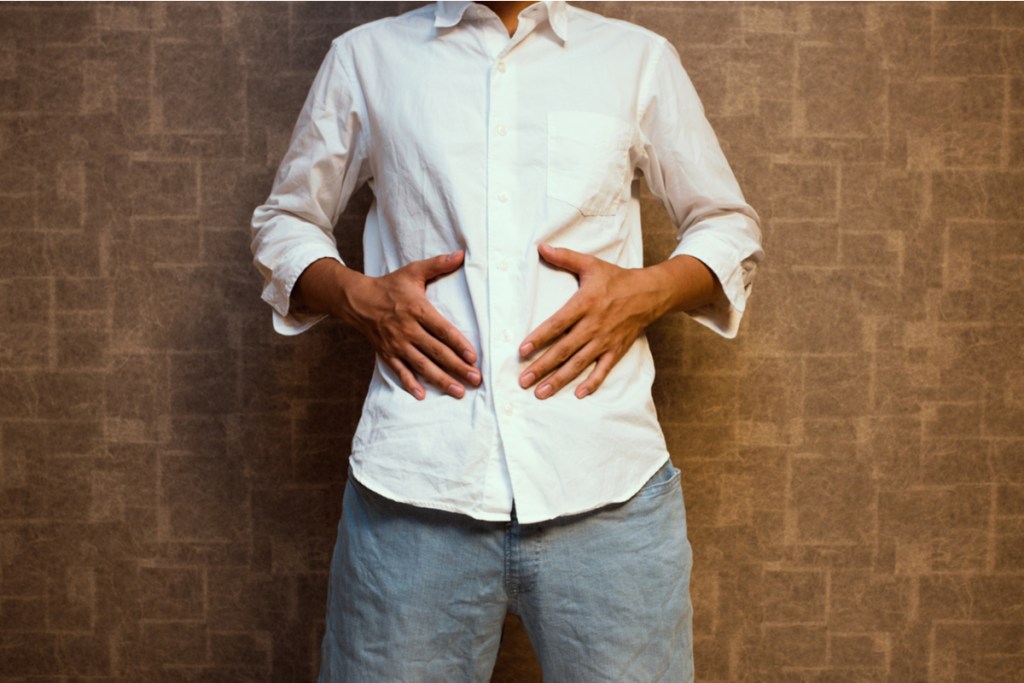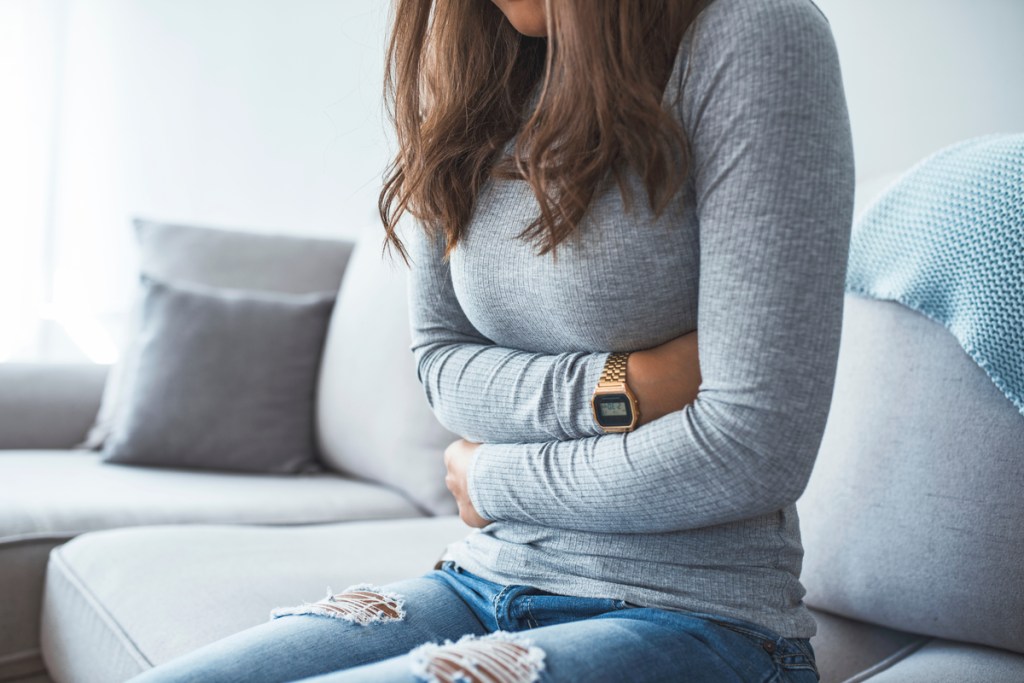
Fiber is one of those things we’re conditioned to consume in large quantities. It’s not referred to as a “high-fiber diet” for no reason. Outside of the obvious, uh, logistical needs that can sometimes accompany high fiber intake, is there really such a thing as too much?
It turns out there is, and while it is not a major issue from a medical standpoint, it can cause some uncomfortable side effects.
Before you walk away from the raisin bran for good, remember that not getting enough fiber is a more common problem than getting too much. In fact, one expert analysis found that only 5 percent of us actually reach the daily recommended threshold. So, don’t throw the proverbial baby out with the bathwater.
Fiber 101
Fiber is the component of foods that our bodies can’t digest. It’s an important part of having healthy bowel movements. It not only keeps the digestive system clean and in working order but has proven protective properties against heart disease, high blood pressure, diabetes, and obesity.
There are two kinds of fiber: insoluble, which can be found in whole grains and vegetables, and soluble fiber, which can be found in nuts, seeds, beans, lentils, and peas. Insoluble fiber makes stools bulkier, helping to clean the digestive system as it moves through the tract. Soluble fiber forms a kind of gel in the gut, helping stools pass more smoothly.
According to the Academy of Nutrition and Dietetics, the general recommended daily fiber intake is 38 grams for men and 25 grams for women.
With all the benefits it provides, it’s easy to see why fiber is such an important part of the daily diet. But if you’re getting too much fiber it may be time to revisit your routine. These three signs can be giveaways that you’ve gone a little overboard on the lentils.

Gas and bloating
Although there is no hard and fast ceiling for fiber consumption, 70 grams per day or is generally recognized as the upper limit.
If you’re taking in too much fiber, the dead giveaway is problems with the digestive system. Gas is a by-product that occurs when the bacteria in the average human microbiome — all 100 trillion of them — break down the fiber.
The more fiber you eat, the more gas is produced, and the higher the chances of discomfort. This can also occur if you’re new to taking in higher fiber. So if you’ve recently upped your intake and you experience these symptoms, your body may just need a bit of time to adjust.
Nutritional deficiencies
Although this isn’t a symptom per se, it may be the most serious sign that you’re not getting enough fiber.
Overconsuming fiber can interfere with the absorption of key nutrients including calcium, iron, and magnesium. Perhaps the most noticeable of these deficiencies is iron, which can cause fatigue and chest pain, among other symptoms.
If you think you may have a vitamin deficiency, talk to your health care professional about your symptoms and potential next steps.

Constipation and diarrhea
This one may seem counterintuitive. After all, isn’t fiber supposed to help with constipation, rather than cause it?
In general, yes, but too much fiber can also lead to constipation. Remember that fiber absorbs water. The more fiber you take in, the less water you have in your digestive tract. That, in turn, can lead to harder and irregular stools.
The opposite issue also can arise, as an overabundance of insoluble fiber can cause diarrhea and loose stools.
It is also possible to get an intestinal blockage from too much fiber, but this is very rare. Talk to your health care professional for more information.
Treating the problem
In many cases, treating the problem of too much fiber is very straightforward: simply consume less fiber!
Increasing exercise and water intake also can help. In some cases, a lower-fiber diet (about 10 grams per day) over the short or longer-term could make sense. Again, consult your doctor or another health care professional before making a major dietary change.
Don’t let fiber overconsumption scare you away from a well-rounded diet that includes plenty of fiber. Fiber is a key ingredient to good health, so don’t shy away from it. The good news is that if you think you’re getting too much, a course correction is usually very easily done.
BlissMark provides information regarding health, wellness, and beauty. The information within this article is not intended to be medical advice. Before starting any diet or exercise routine, consult your physician. If you don’t have a primary care physician, the United States Health & Human Services department has a free online tool that can help you locate a clinic in your area. We are not medical professionals, have not verified or vetted any programs, and in no way intend our content to be anything more than informative and inspiring.



